|
Had a great creative day with the kids at Great Waltham primary school (with the help of Norah) They remembered my last visit and the art activities we did with flint. They also remembered me talking about the ice age, ancestral Thames and how all the stones in their gardens got there. This time we were outside getting muddy, yes! They made 'ice age' mud hand prints, Andy Goldsworthy inspired pebble circles, stone stacks and best of all, the dig. With little safety gloves and trowels (kindly supplied by Hanson Aggregates) they dug their little patch in the corner of the playing field in search of hidden treasure. Even a pebble became a source of huge delight. They washed all their finds and placed them on the table in groups of genre - stones, fossils, natural objects and manmade objects. The finds created much discussion and enlightened the children on what interesting things lie right under their feet if they just spend a little time looking for it. The last few visits to the quarry, I have been collecting mud - chalky boulder clay deposited during the last ice age about 450,000 years ago, from the top surface. I then acquired some freshly dug London clay from beneath the gravels and sands. The London Clay Formation is a marine geological formation of the Ypresian age (56 - 49 million years ago) which crops out in the Southeast of England. It is well know for its fossil content. The fossils from the lower Eocene rocks indicate a moderately warm climate. Though sea levels changes during the deposition of the clay, the habitat was generally a lush forrest. (Wikipedia) I am now the proud owner of a Thames Foreshore Permit from the Port of London Authority (PLA) this means I can now legally go mud larking along the Thames foreshore. Access to the detritus from years of human occupation along the river Thames has given me a fantastic contrast to the natural untainted deposits of the ancestral Thames. From its colour to its contents, each one reveals its hidden stories from the past which in-turn could inform the future, and of course inform the work I create - so exciting. Below this simple display of Earth shaped circles shows just how different they are. PORTAL - To a Land Before Prometheus Ancestral Thames fluvial deposits - flint, quartzite, quartz, Thames detritus deposits - brick and tile fragments, coal, manmade metal objects, pottery and glass fragments, animal bones and teeth, plastic, What treasures await for me now?
0 Comments
There is so much to learn about this place, how it became and what will it become. Some describe the Essex landscape as a multi-layered cake, I see this landscape in a living anatomical way. When I take my dogs for their daily jaunt around the fields and ex-gravel pits near the village, I take in the landscape, the gentle rolling hills (if you can call them hills), the sound of the wind blowing through the wheat fields and the skylark's birdsong. It sounds nearly idillic, but then I look at the landscape again in a different light, as violated - a disguised mutilation. There are no natural meadows here filled with colourful splashes of wild flowers and the buzzing of honey bees, just acres of farmed land to feed the masses. I see this land peeled of its protective layer of skin, not just an abrasion but a dissection, a scalping. An alopecia like loss of hedges and woodland replaced by a wig of conformed, genetically modified matting. Perhaps this way of thinking relates back to my time as a nurse and strengthened with my recent return to hospital work as a part-time theatre healthcare assistant in the burns and plastics unit at the local hospital. Observing invasive life-saving surgical procedures is very much like the way I see how we operate on the landscape. This is progress, but progress always has its side effects.
The geological history of this site and the identification of the fluvial rocks, would be very difficult without the help I am getting from local retired geologists Ros and Ian Mercer. Their knowledge and passion for the landscape is immense. They have just published to the most incredible book about the geology of Essex Essex Rock by Pelagic Publishing and available in most bookshops, it is extensively illustrated and written so we can all understand it. They also run Essex Rock and Mineral Society, which I have become a member of, I have learnt so much from the talks by visiting specialists, and the organised field trips. Next week I shall be returning to the local primary school to do a 'dig' with the children. The idea is for them to connect with the riches of the earth, to discover and learn about the objects found and how they can be used to make art. I shall share their creations with you next time along with my quarry anatomical anomalies.
|
AuthorSculptor seeking answers from deep time Archives
August 2023
Categories |
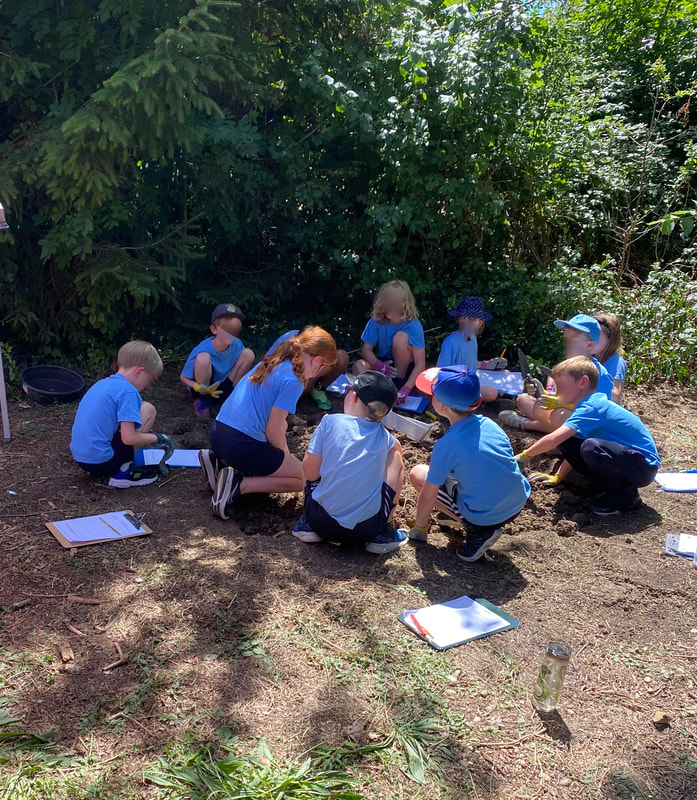
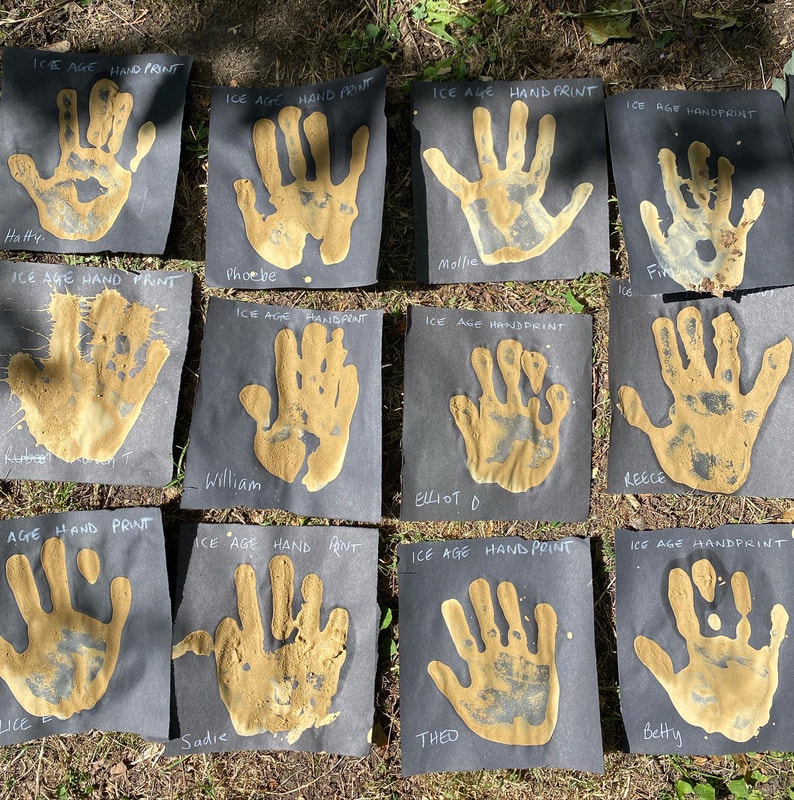
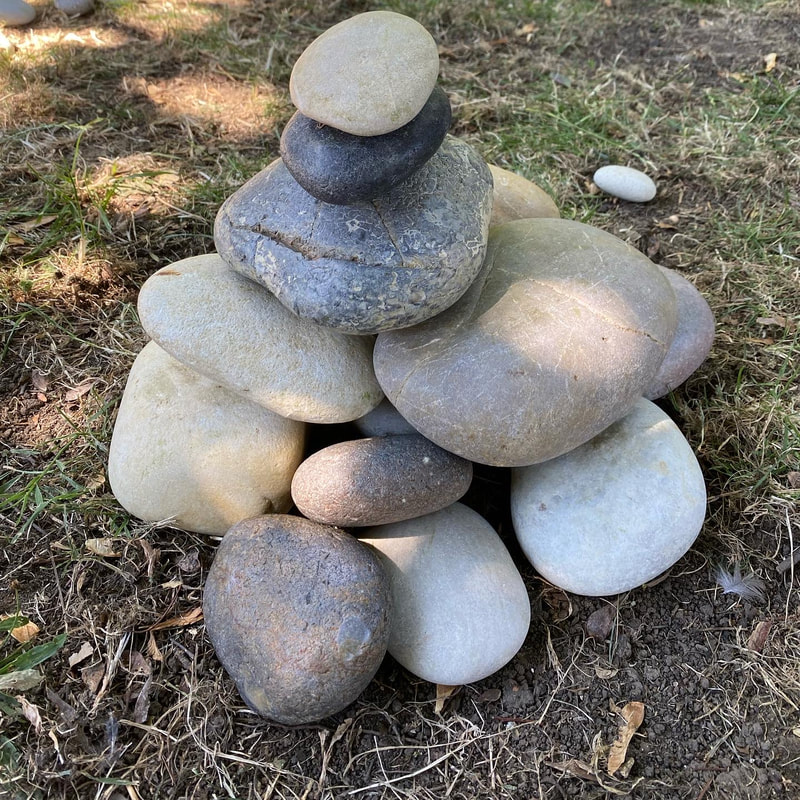
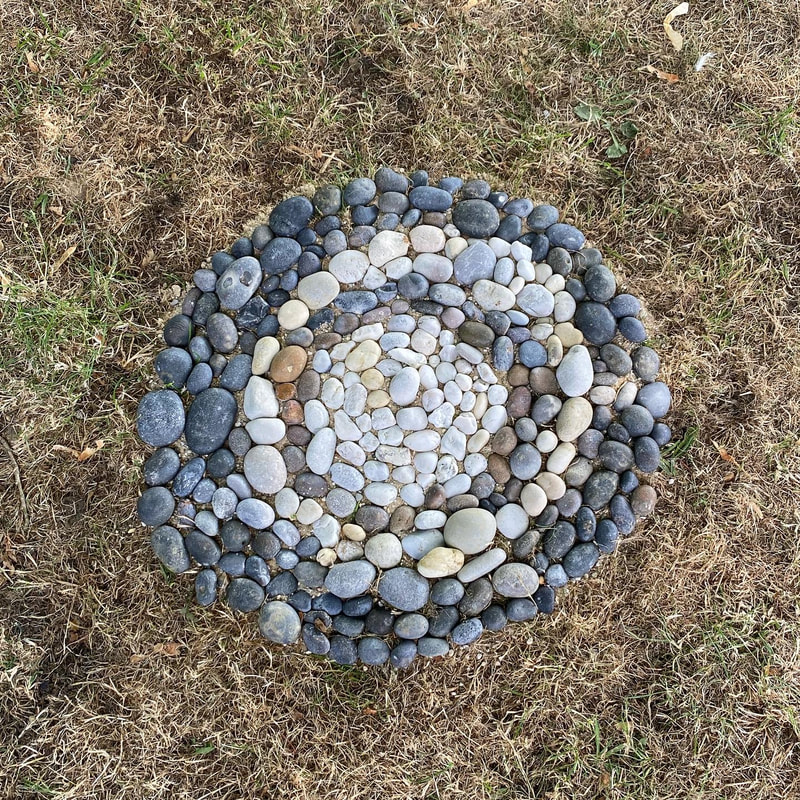
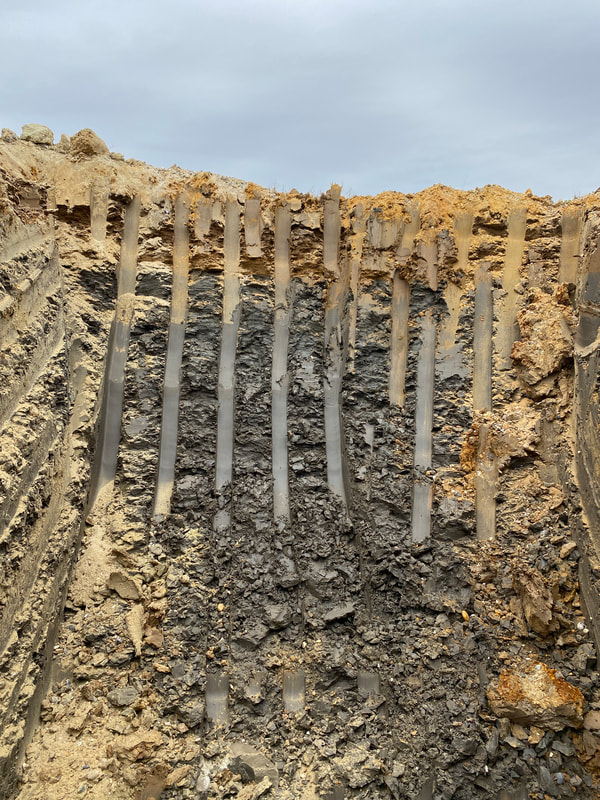
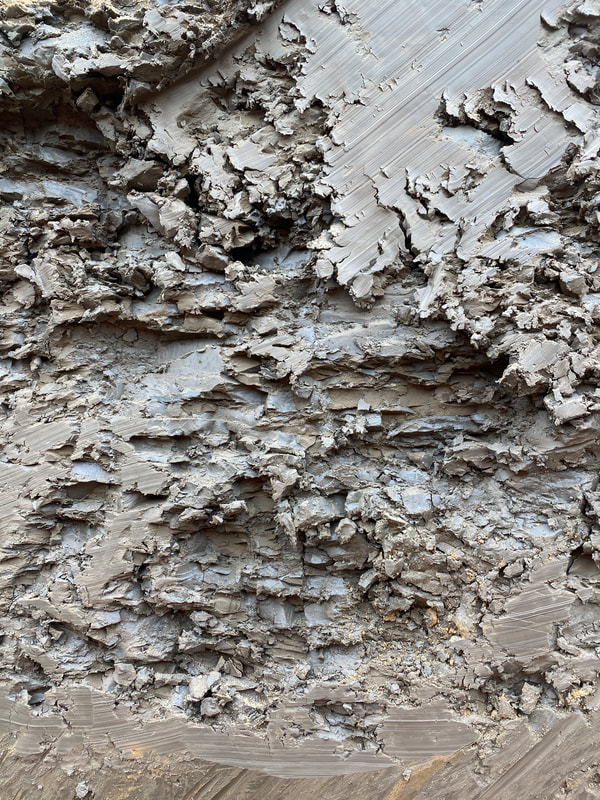
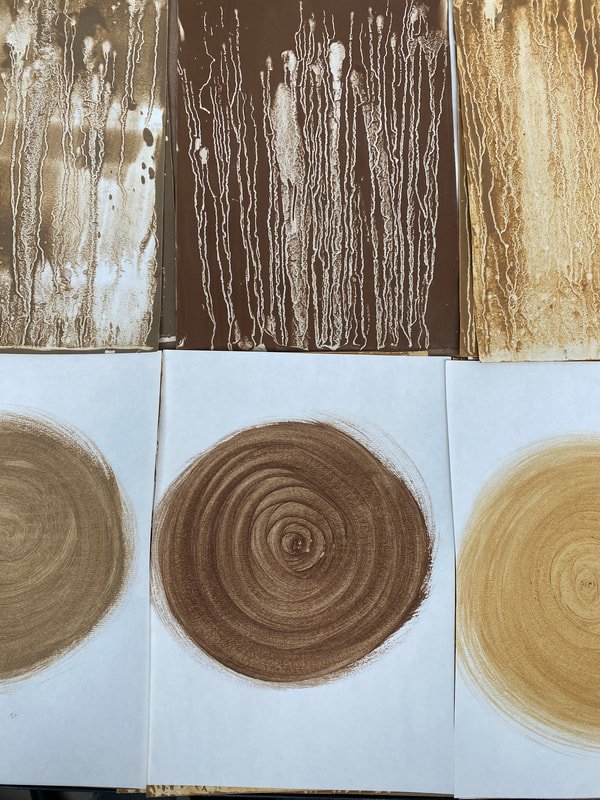
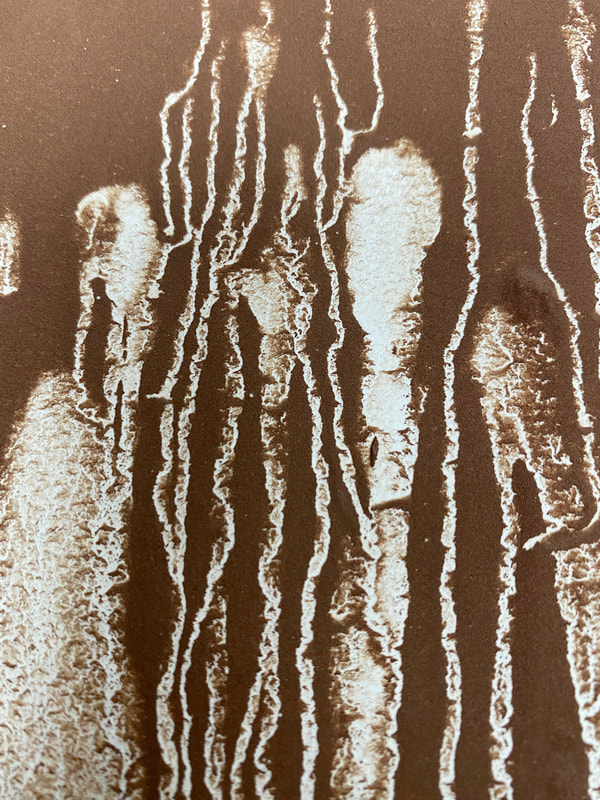
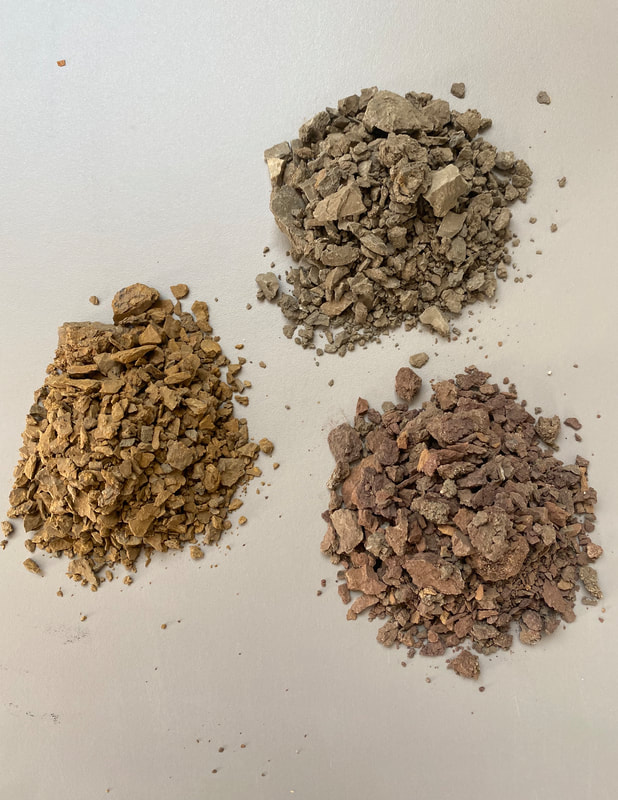
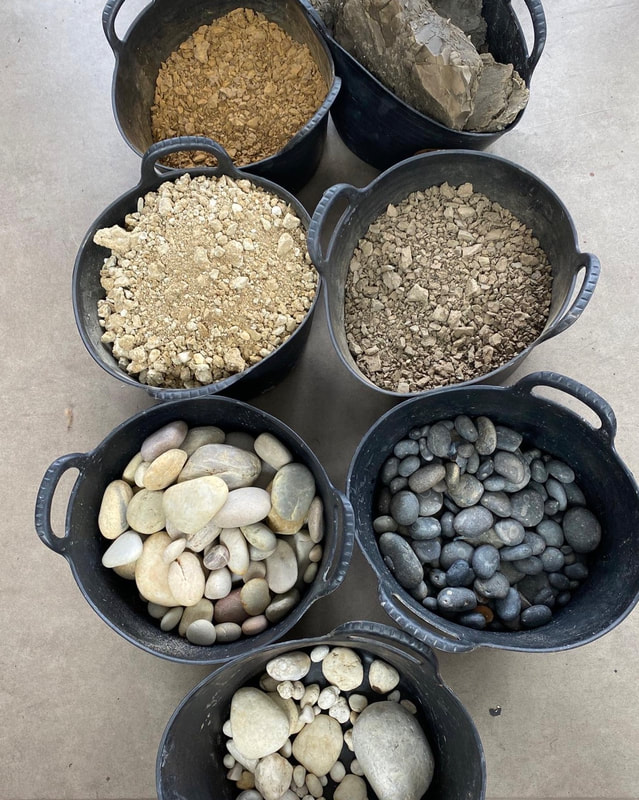
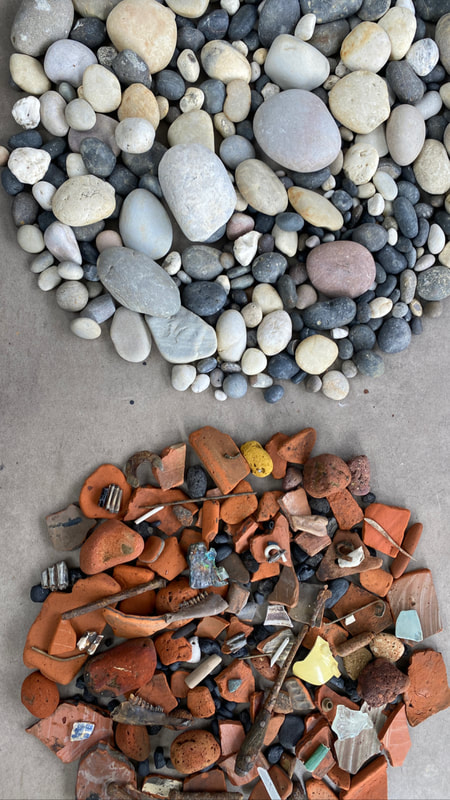
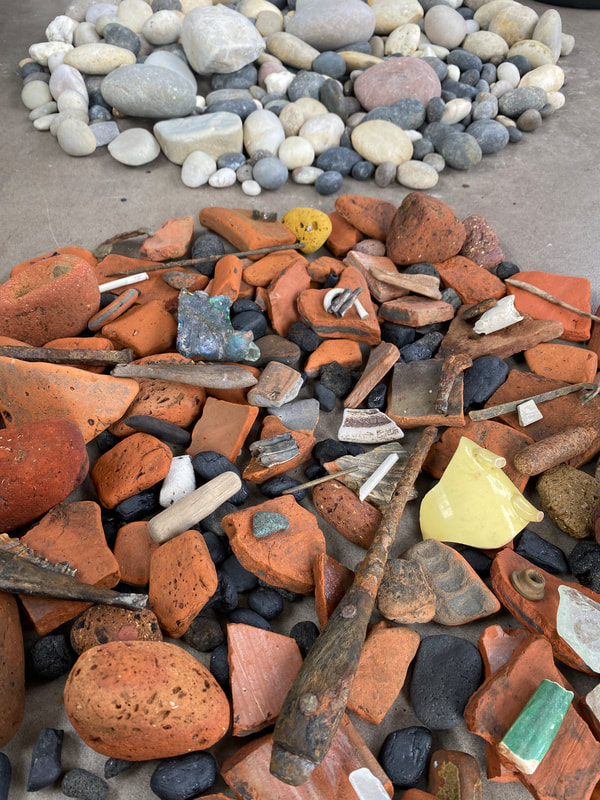
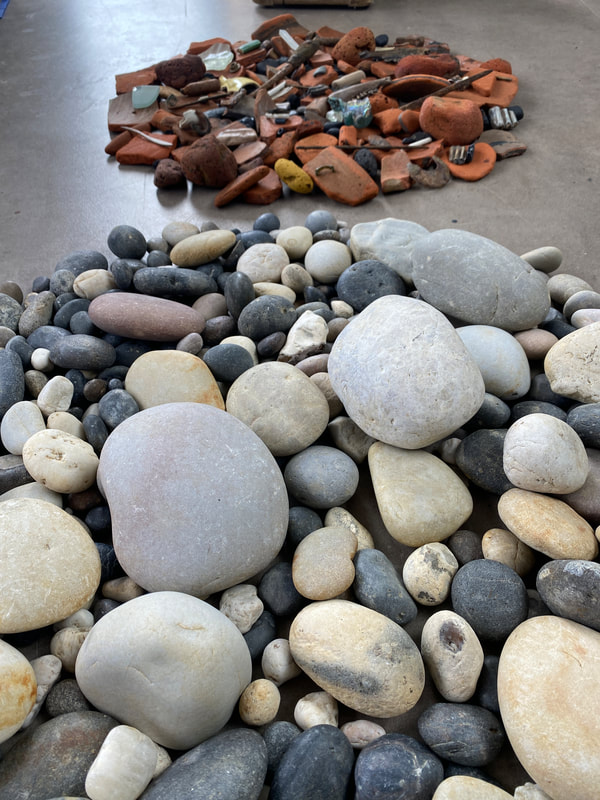
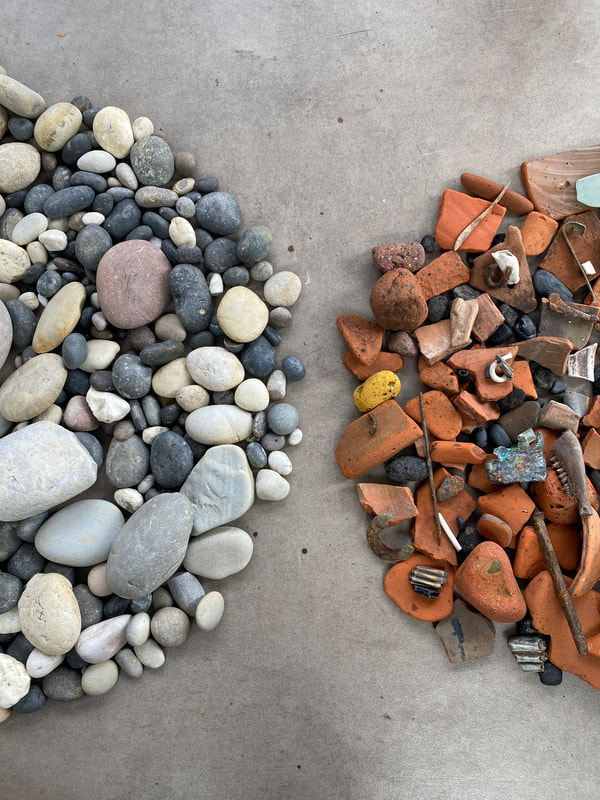
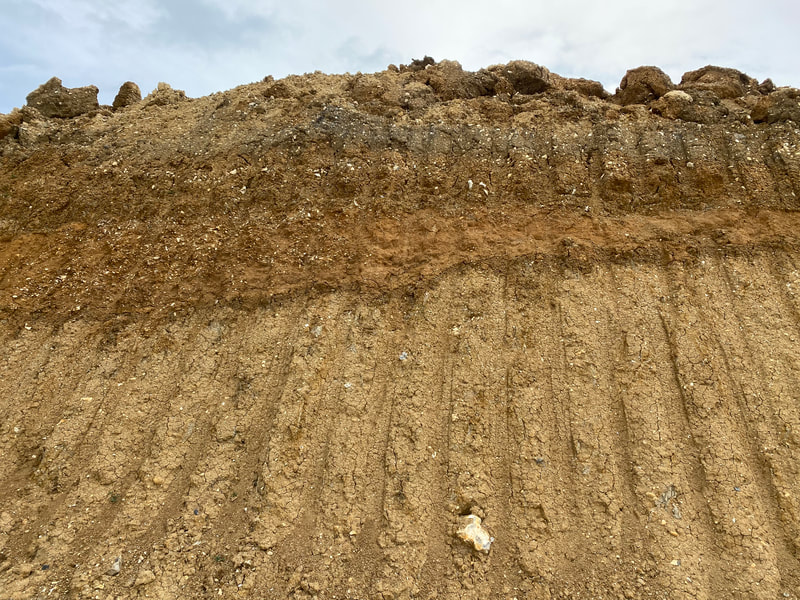
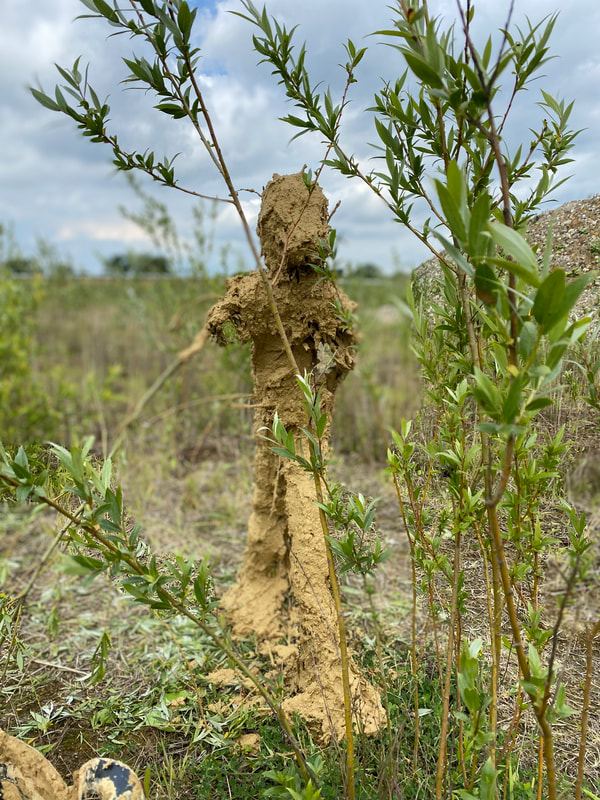
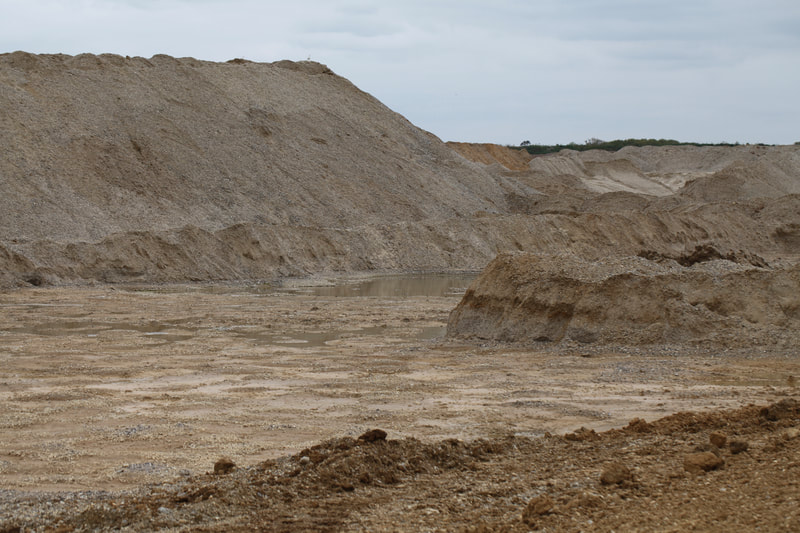
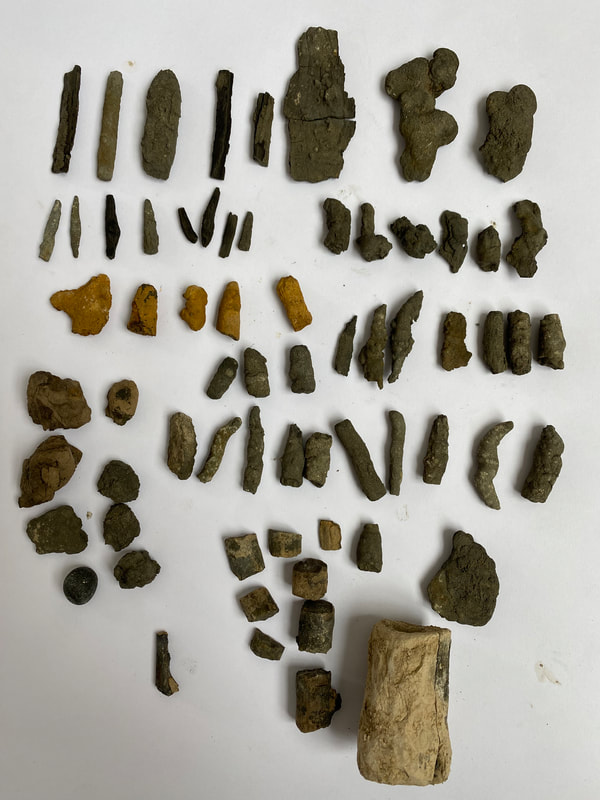
 RSS Feed
RSS Feed